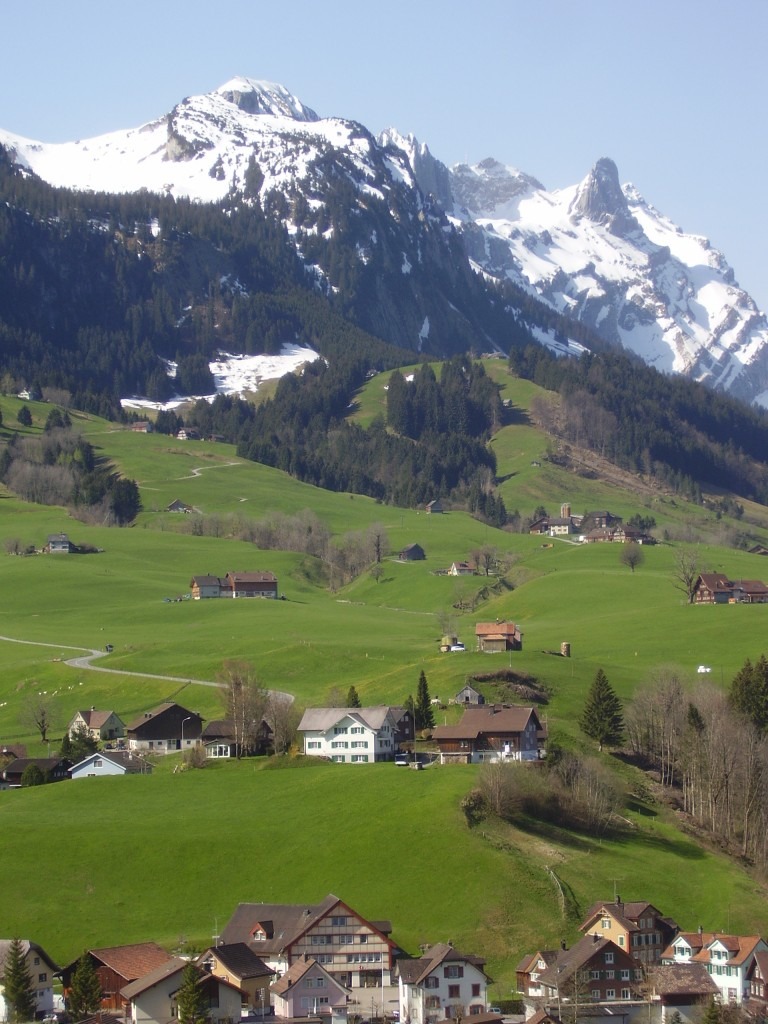We had a stellar day. The national park in Andasibe is home to four types of lemurs and we saw all four. The lemurs can coexist in the same area because they do not compete for food. As a side note there are appromimately 110 species of lemurs.
Breakfast was on the porch at the hotel. Vanilla is Madagascar’s largest export. Unfortunately the insects that normally pollenate the vanilla can not tolerate Madagascar’s climate, so all the vanilla is pollinated by hand, yikes. Here is a picture of the vanilla vine that was on the breakfast porch.
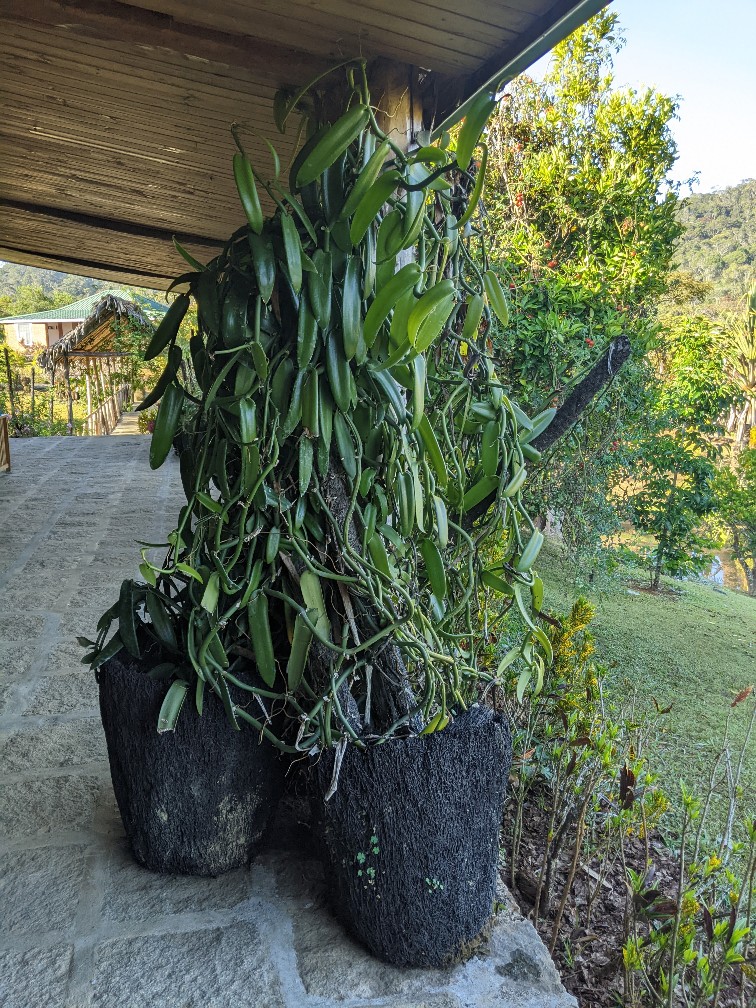
We left the hotel at 7:30AM and drove for 45 minutes to the Analamazaotra National Park. There we were meet our local guide, Desi, and headed into the park. This is a rain forest, so the vegitation is much denser than we had seen previously at other Madagascar locations. Here is a picture of the path.
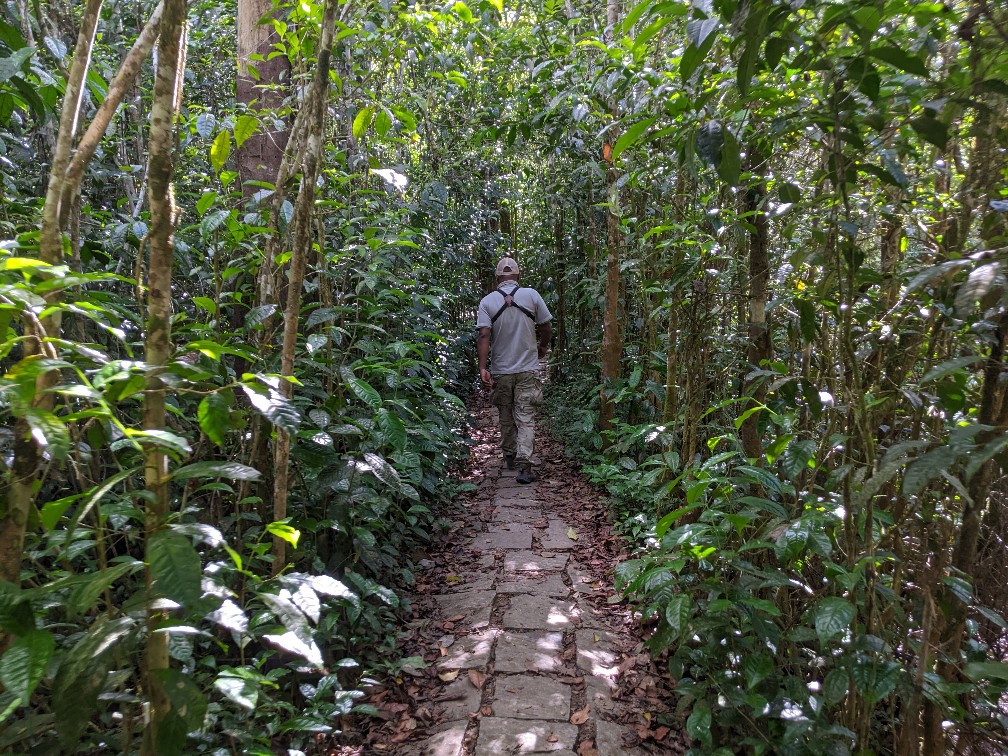
Almost immediately we came a upon a grey bamboo lemur. These lemur are quite small, about 1 1/2 to 2 pounds and, as the name suggests, they like to eat bamboo shoots. Normally they are quite shy, but this family lives by the path and are accustomed to seeing humans.
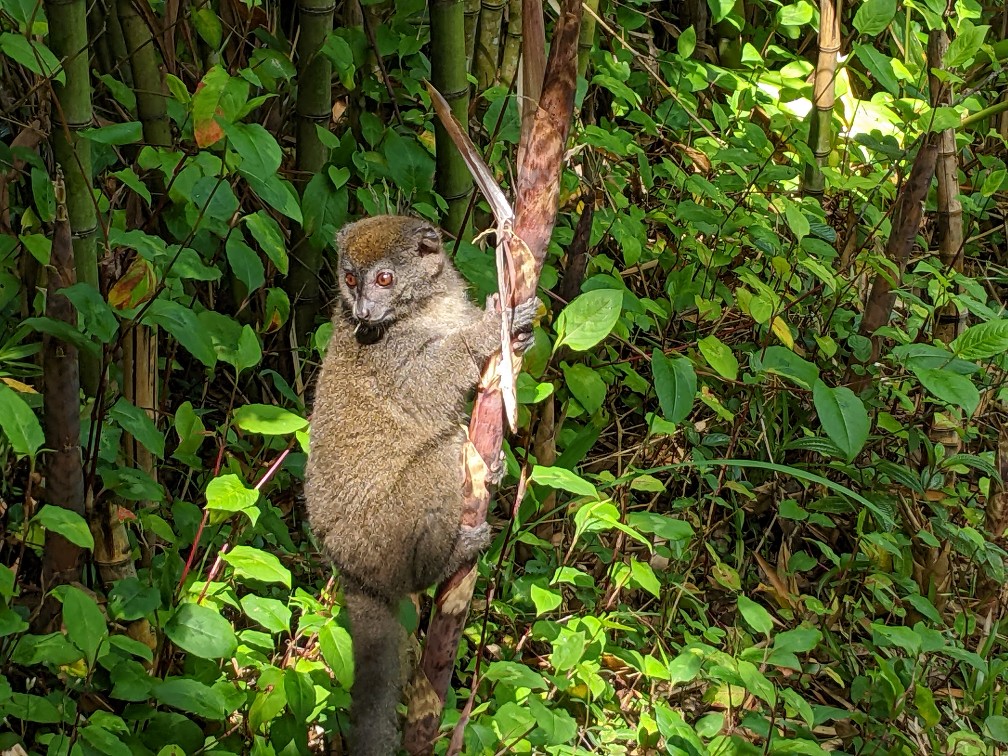
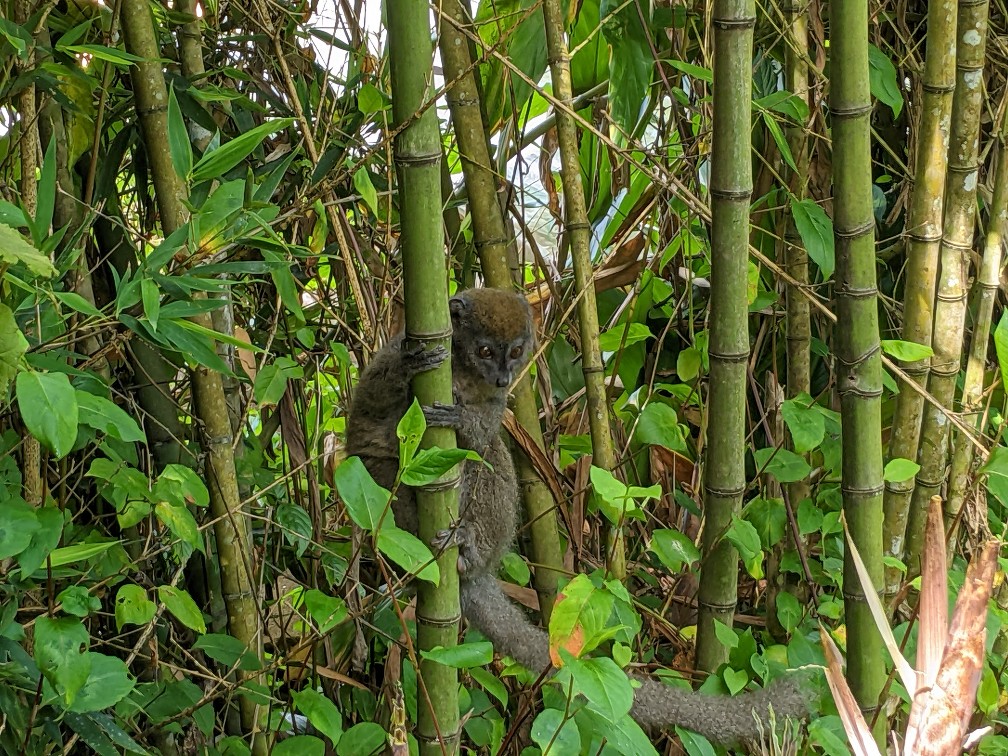
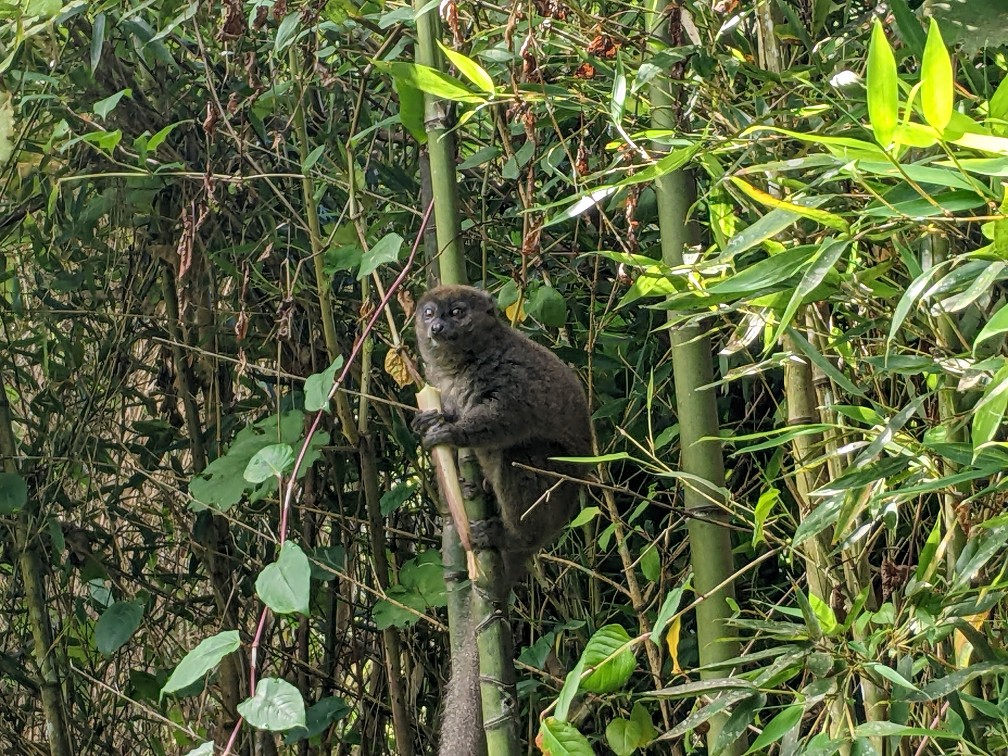
Next Desi found a chameleon and he told us the name of, but I can’t remember.
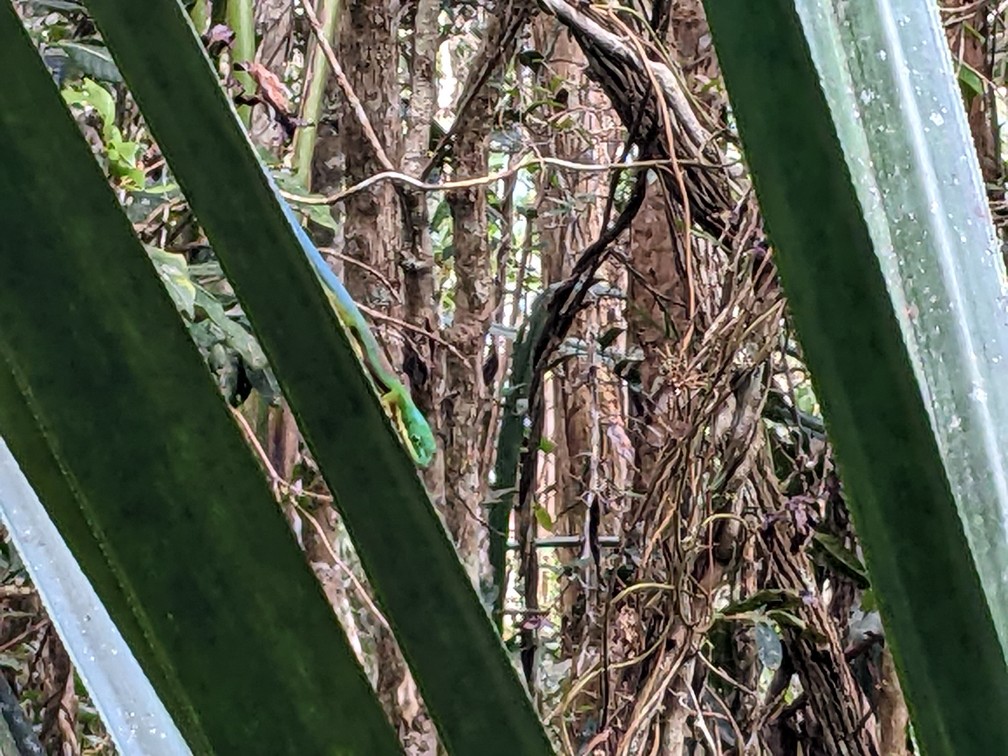
We moved on from the grey bamboo lemur and found a common brown lemur. These lemurs are bigger than the grey bamboo lemurs. We also saw these lemurs in the south. Here is a picture.

Next stop, the indri lemurs. These lemurs vocalize as a way to define their territory to other indri lemurs. We had heard their calls, which are quite loud shrieks, all morning. Below is a youtube video of their call. The indri is the largest of the lemur family weighting up to 25 pounds. The indri mate for life and they live in small family units. The indri life span is 40 to 60 years! They typically have off spring every 3 years. The babies are born in May and are dependent on the mother for 6 to 8 months, but they continue to live with the family until they are sexually mature at about 9 years old. The mother takes care of the baby and the father defends them and their territory. They don’t need their tails for balance so evolution has reduced their tail to a mer stub, only 2 inches or so. We found a family of three and watched them for awhile. When they move from tree to tree they bounce off one tree to the next. They would grab at the tree to stabilize themselves and then immediately bounce to the next tree. They were high up so I don’t have a great picture of them.
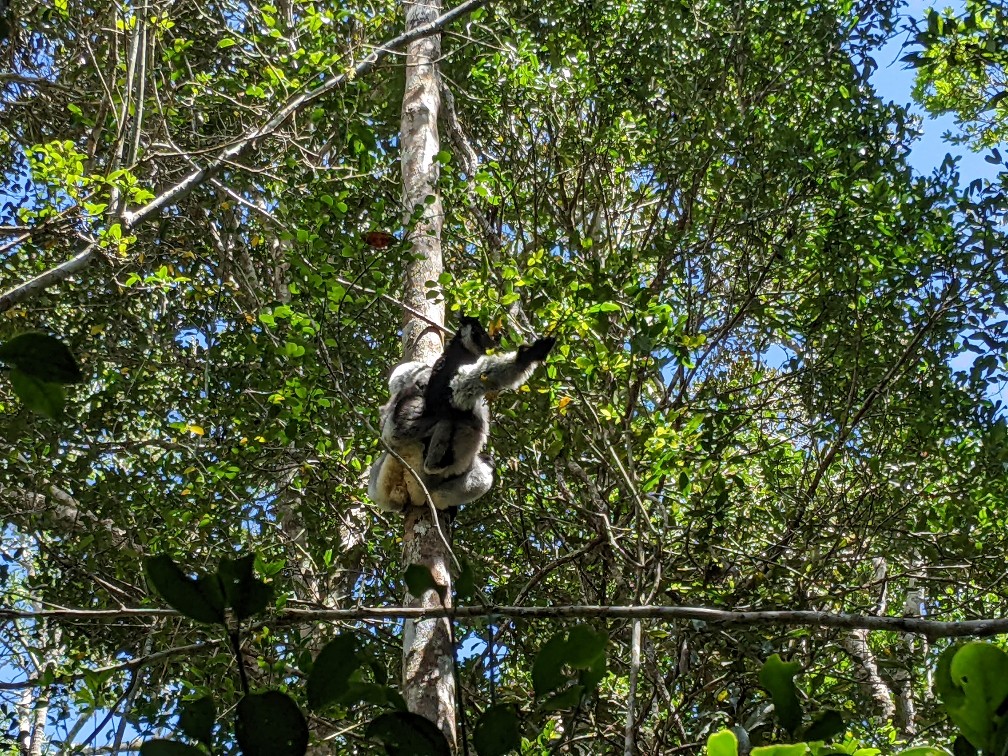
Desi would take us well off the main trail so we were trekking through the rain forest in search of lemurs. He knew a spot that had nuts that the golden sifaka like so we shlepped through the woods for about 10 minutes to find them. Sure enough they were there and they didn’t seem to mind that we were about 2 feet from them. We could heard them chewing the nuts. It was an amazing experience.
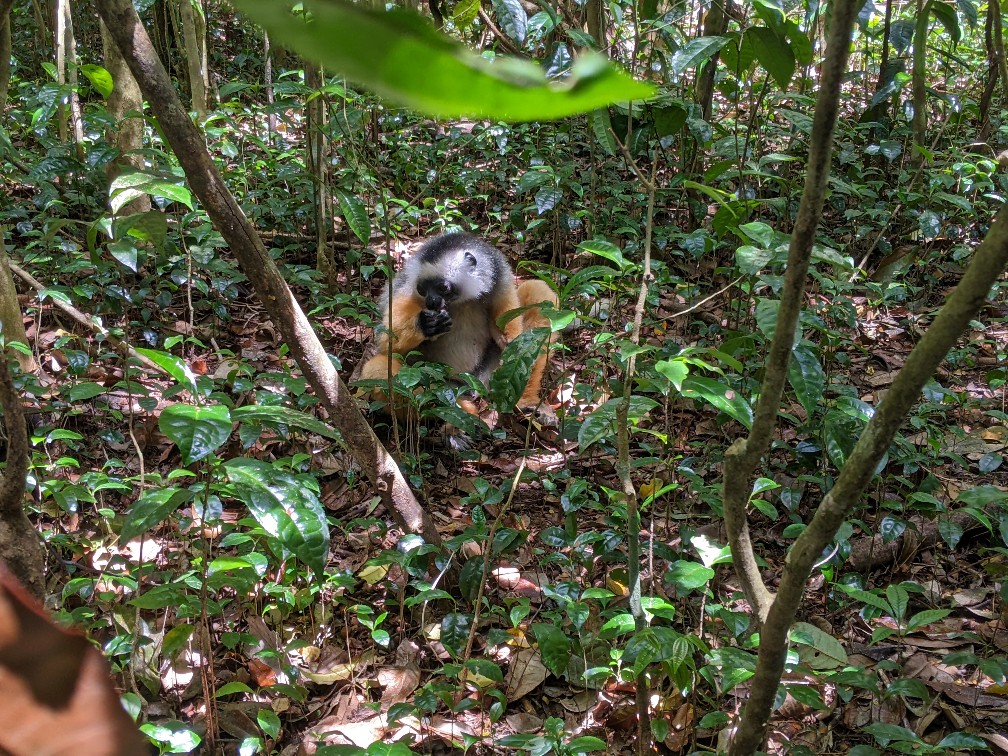
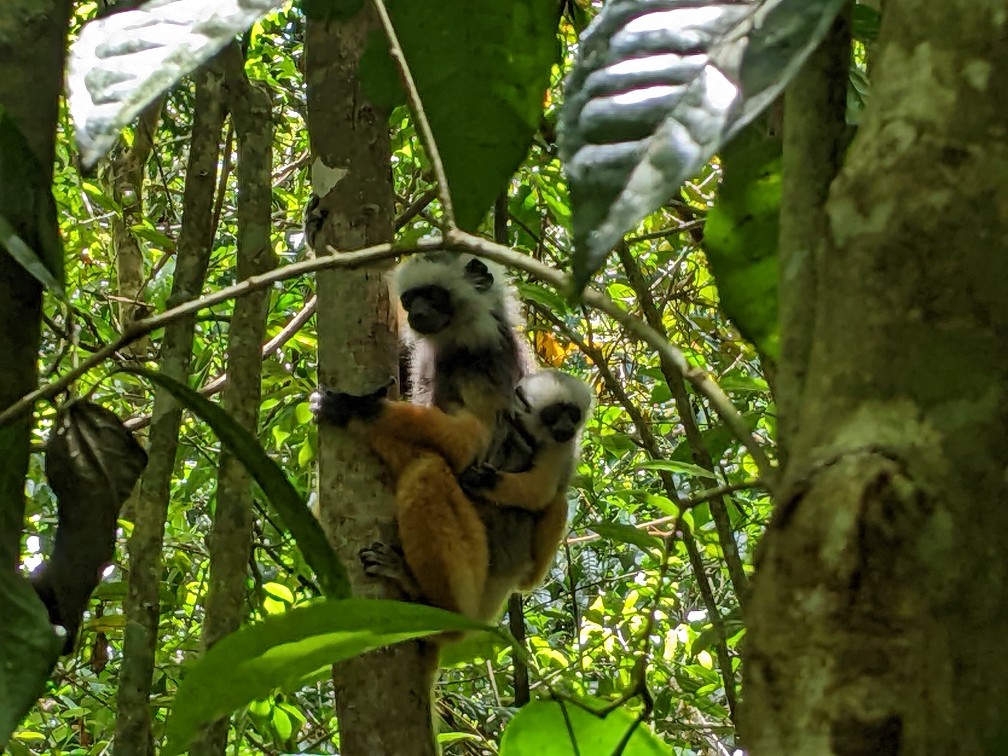
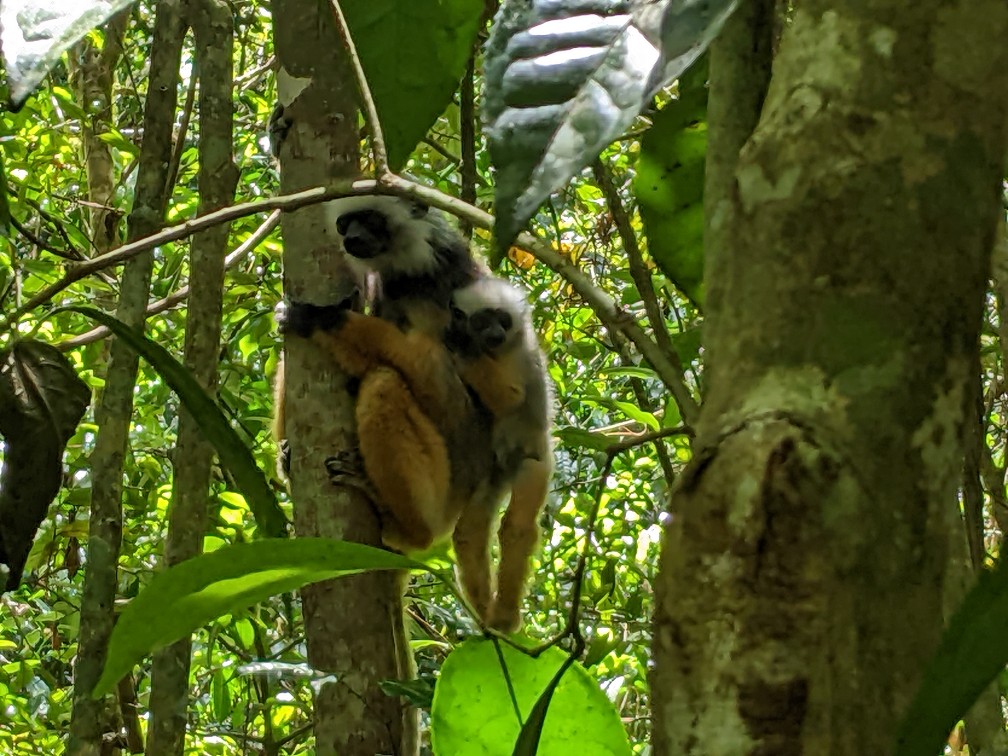
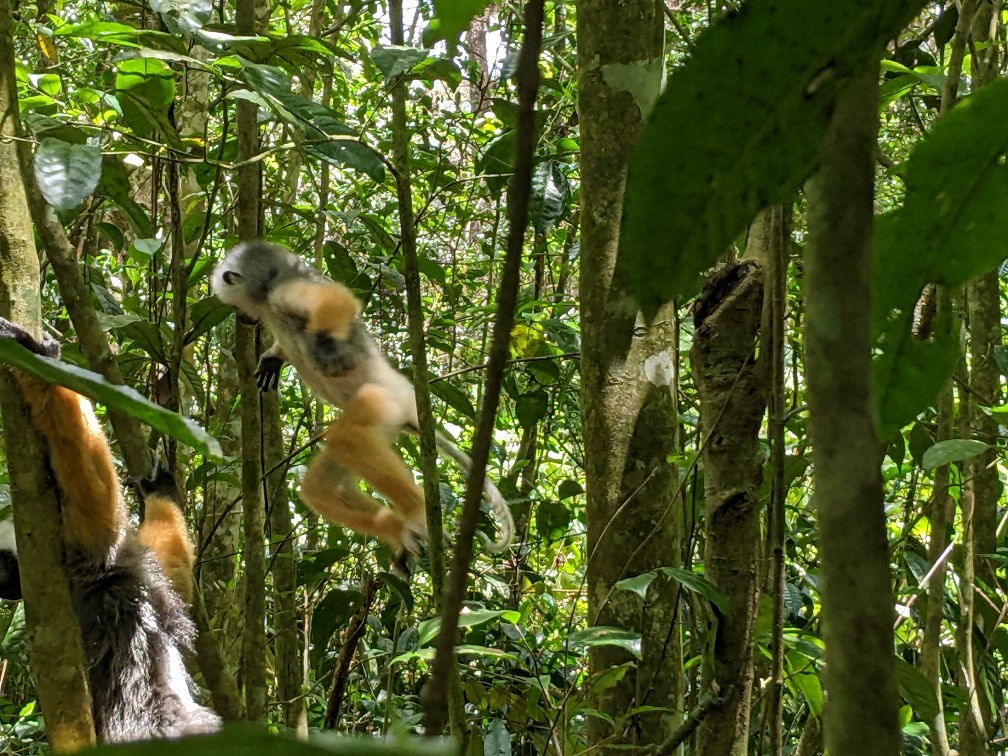
Last but not least Desi wanted to show us a boa constrictor and a giraffe necked weevil
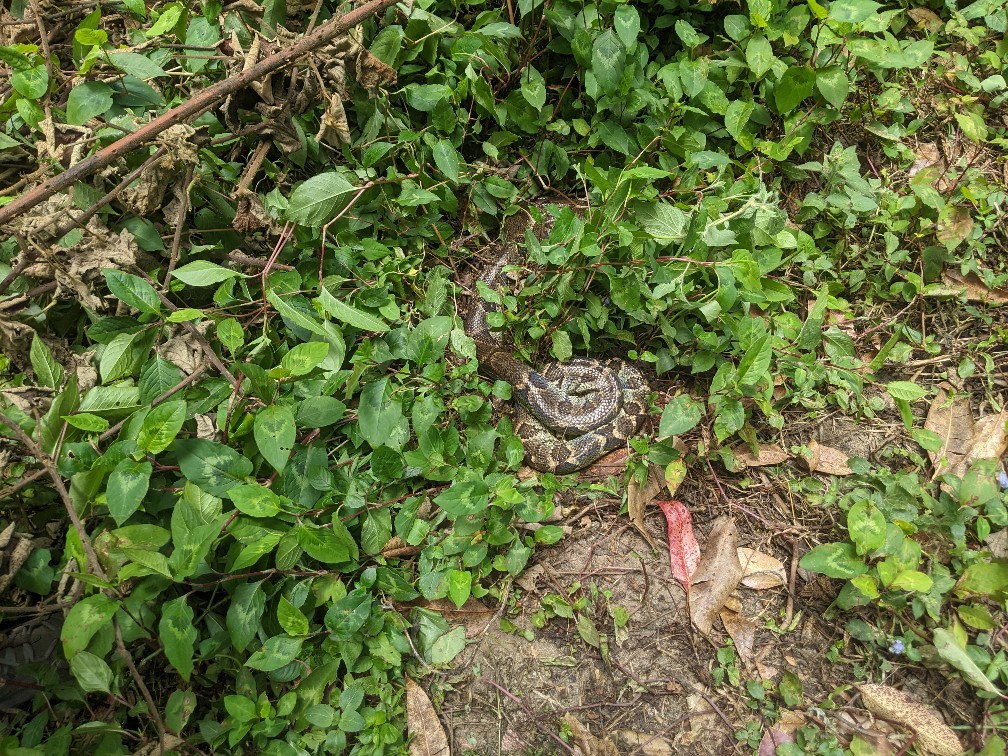
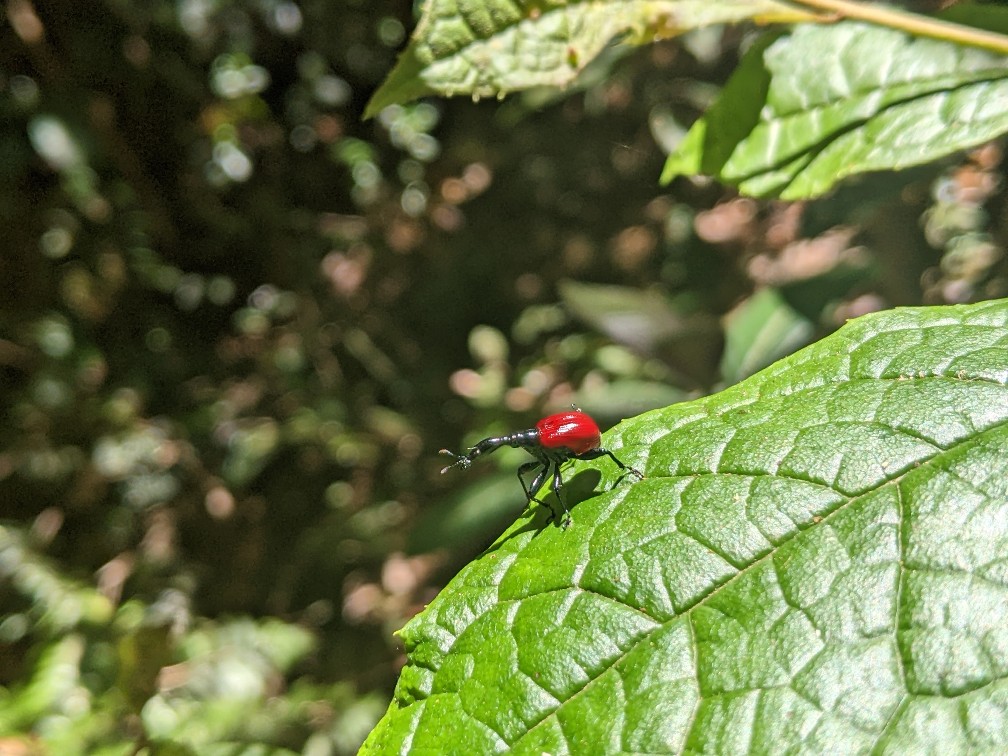
At this point we said good bye to Desi for now (we will see him again for a night walk) and went back to the lodge for lunch. After lunch we were talking to the owner’s son who recently received a degree in mechanical engineering from the University of Quebec. He wanted to show us his still where he distills cinnamomum camphora. Some say it reduces the symptoms and duration of covid. He is looking for a distrubtion partner. Any suggestions? Here are pictures of the still and the final product
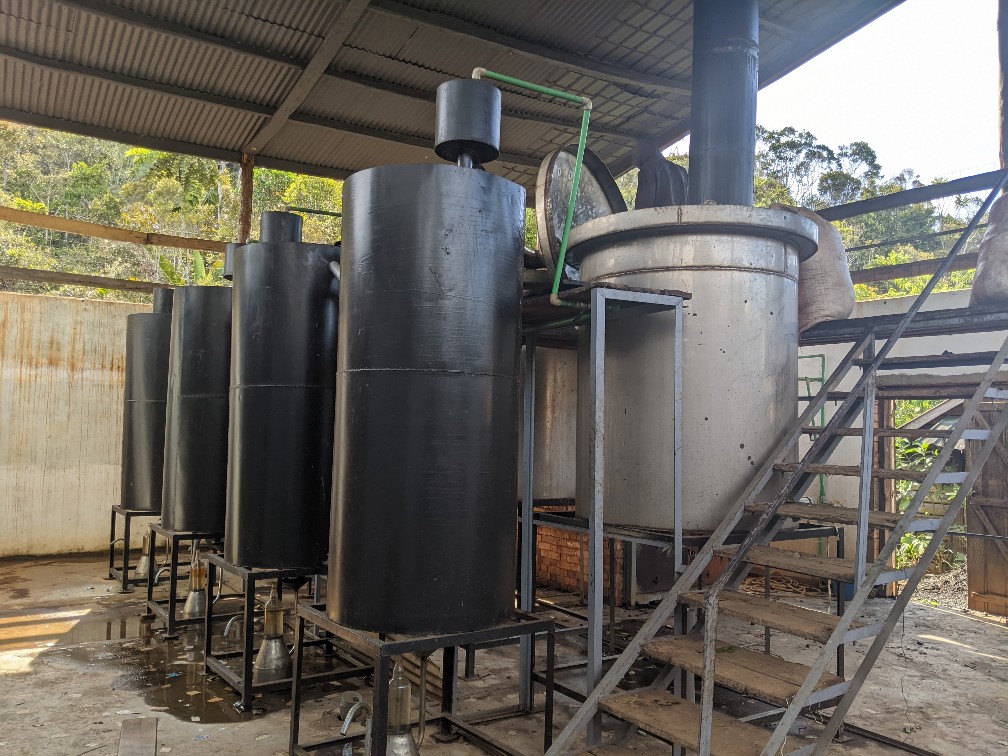
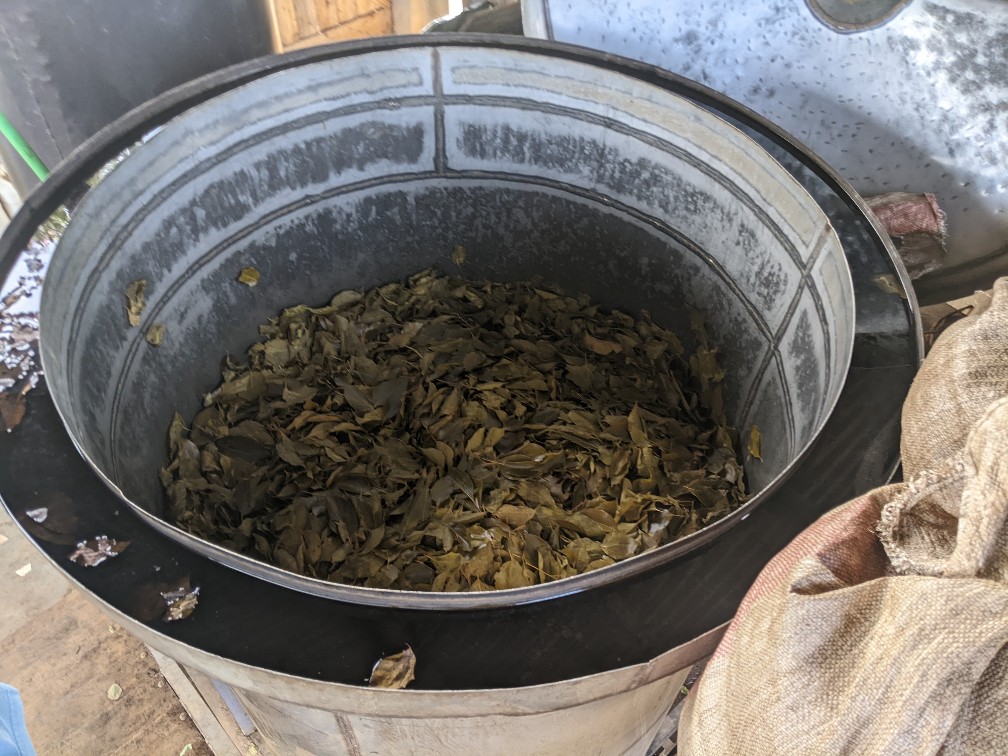
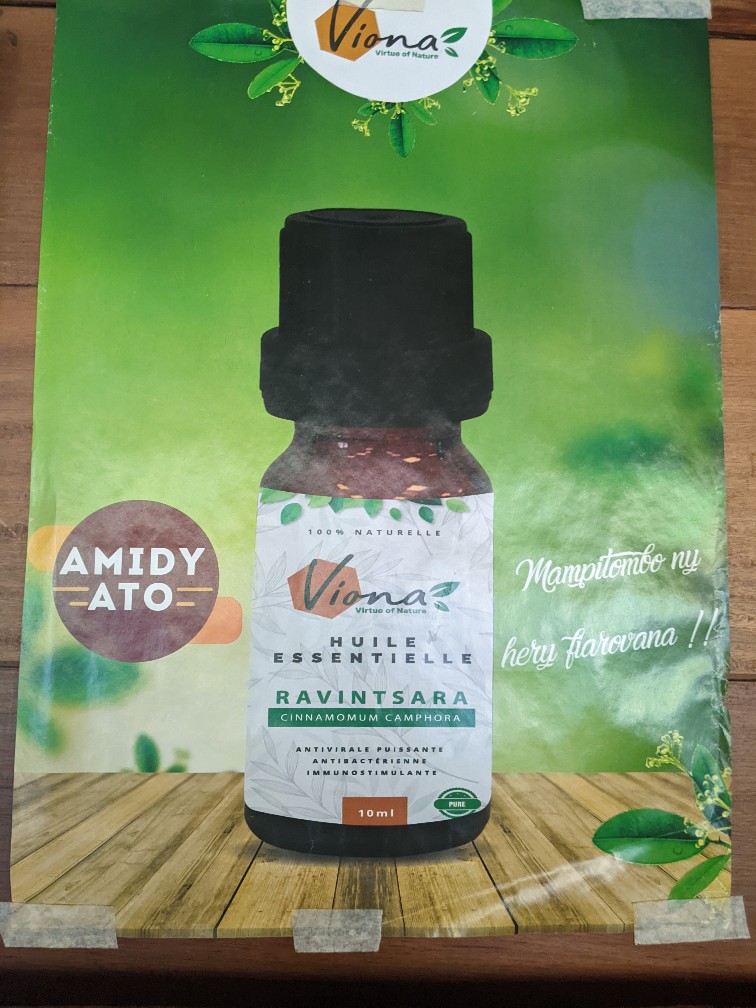
One thing we have see,n but I haven’t written about, is charcoal. In Tana the people cook with charcoal because it’s less smokey. In the villages they make charcoal by cutting down eucalpysus trees (which are invasive in Madagascar), chopping them up, burying them and then burning them for 2 days. You see lots of bags of charcoal for sale along the road. The truckers buy the charcoal and take it to Tana to resell. Here are the bags of charcoal that they use for the still.
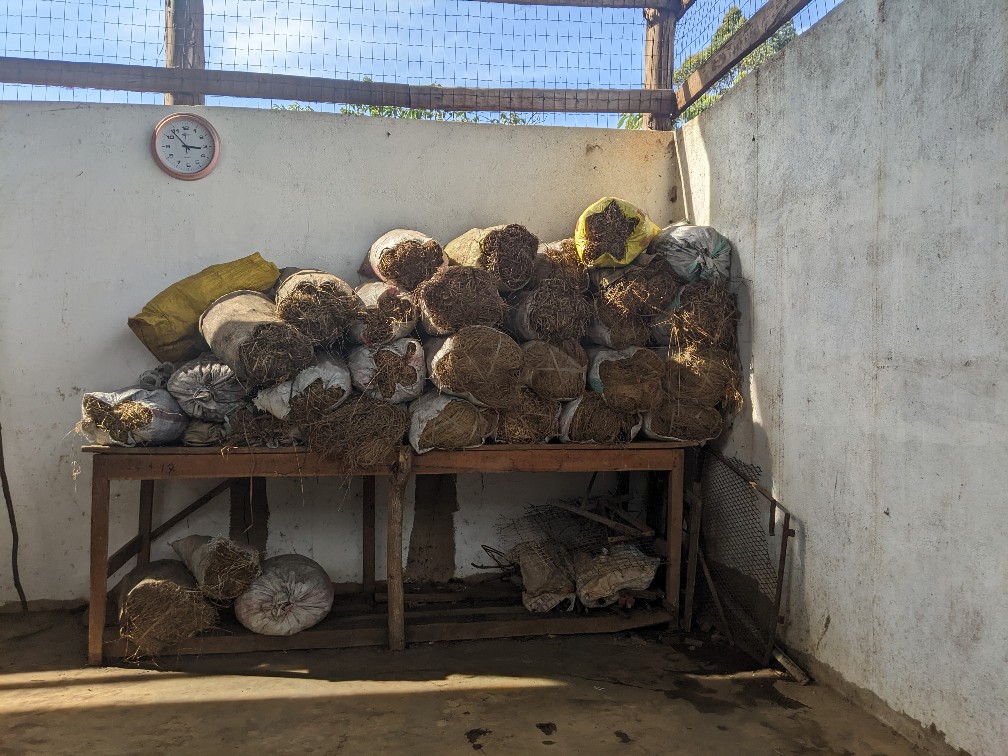
That evening we were back at the park. Desi showed us some noctural animals including the ever evasive mouse lemur which weighs about 1/2 pound.
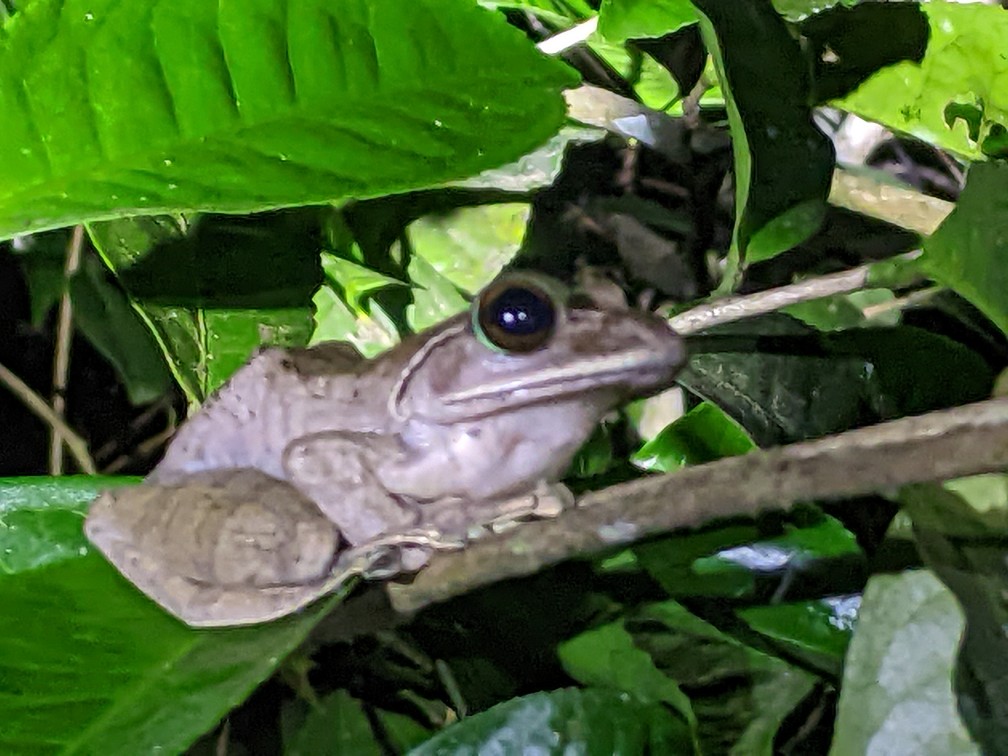
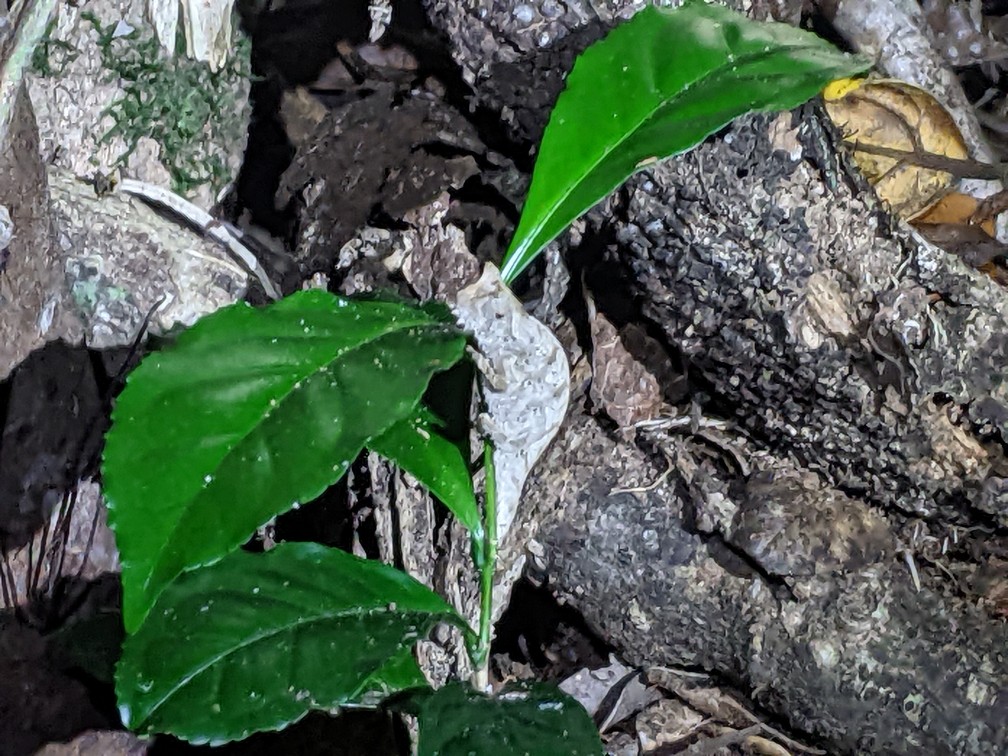

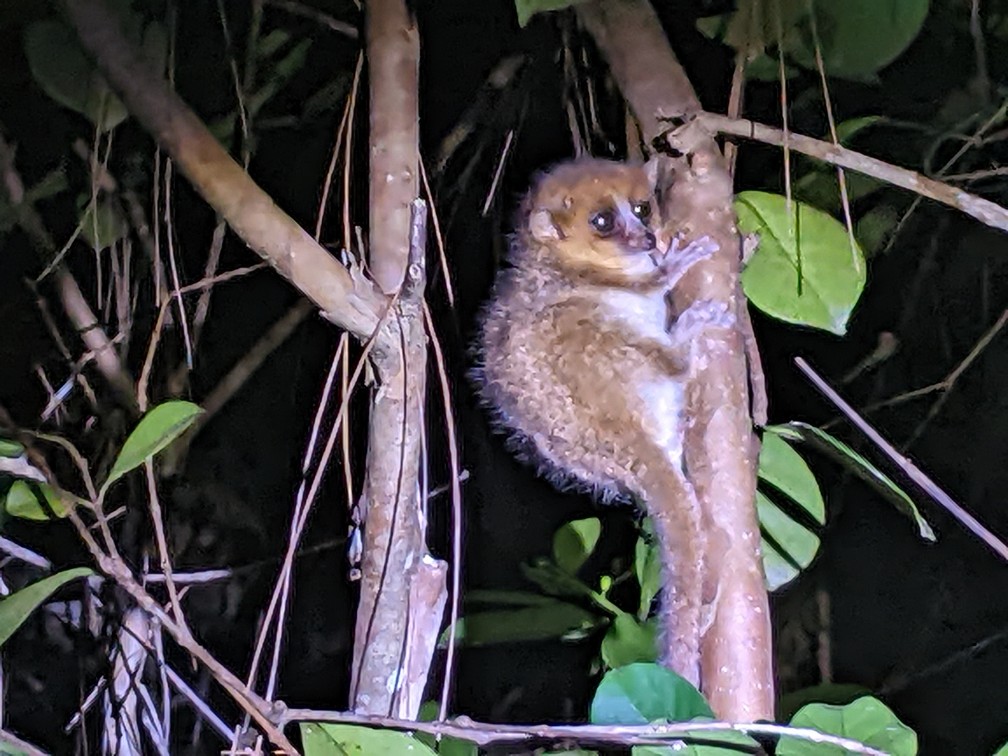
After our night walk we went back to the lodge for dinner. We were the only people staying at the lodge so it was a quiet dinner.
